How the LinkedIn Algorithm Really Works (and How to Outsmart It)
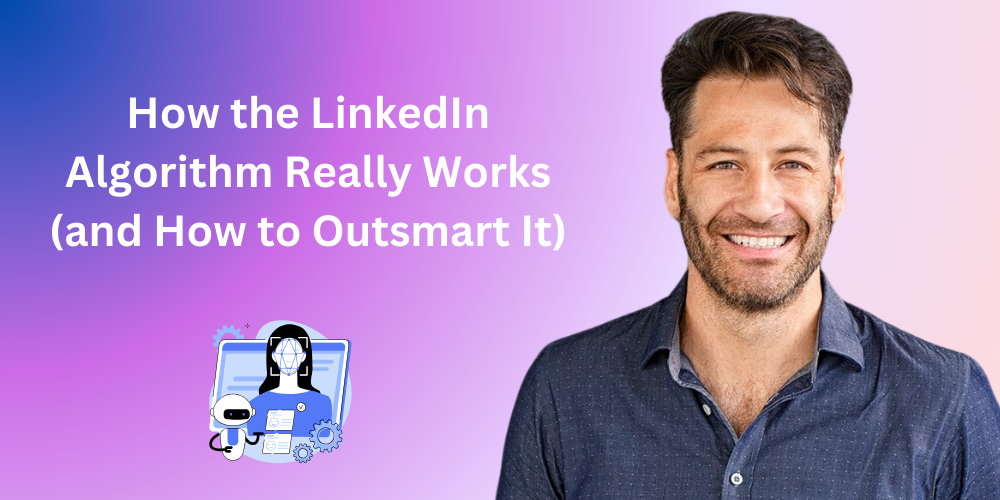
Ever wonder why some posts on LinkedIn blow up with likes and comments while others vanish into the corporate void? Spoiler: it’s not just about what you post—it’s how the algorithm decides to show it. LinkedIn’s algorithm is like that mysterious coworker who controls the office playlist—unpredictable, quietly powerful, and slightly biased toward motivational quotes.
In this guide, we’re breaking down exactly how the LinkedIn algorithm works. Just practical insights and smart hacks to boost your reach, engagement, and visibility. Whether you're trying to grow your audience, drive leads, or become a thought leader, understanding (and outsmarting) the algorithm is your unfair advantage.
Let’s dive in and decode the LinkedIn Matrix.
What's This LinkedIn Algorithm?
Think of LinkedIn’s algorithm as the gatekeeper deciding if your post is VIP or standing-room-only. It ranks content based on what users like, interact with, and frankly, what they ignore. LinkedIn’s a bit hush-hush about the specifics, but we’ve cracked enough of the code to help your posts get the attention they deserve.
How Does LinkedIn Decide What's Hot?

Ever hit "post" and watched your masterpiece gather crickets while someone else’s “Monday Motivation” quote racks up hundreds of likes? That’s the LinkedIn algorithm at work—and it’s surprisingly judgmental.
When you post on LinkedIn, your content goes through three brutal rounds of evaluation within seconds:
- Clear (A.K.A. “This Looks Good”)
Congrats, you’ve passed the vibe check. Your post isn’t spammy, offensive, or full of gibberish. LinkedIn gives it the green light to show to a small test audience. - Low-Quality (A.K.A. “Meh… We’ll See”)
Your post is a bit dull, maybe too promotional, or lacking engagement signals. LinkedIn will still share it—but with a limited reach unless early engagement proves it wrong. - Spam (A.K.A. “Delete This Immediately”)
Overuse of links, hashtags, or too many tags? You’re toast. The algorithm bins your post faster than HR rejects a cover letter addressed to “Dear Sir/Madam.”
After passing these filters, LinkedIn scores your content on:
What Happens Next? LinkedIn Scores Your Post
If your content survives those first filters, it gets scored based on:
- Engagement velocity – How fast are people liking, commenting, and sharing your post after it goes live?
- Dwell time – Are people actually stopping to read, or just scrolling past like it’s another boring job update?
- Reactions and comments – A like is good. A comment? Even better. A comment war? Jackpot.
- Shares and reposts – If people are sharing your post, LinkedIn assumes it’s valuable and boosts visibility.
- Profile strength and relevance – Are you seen as credible in your niche? The algorithm favors consistent, engaging users with optimized profiles.
Basically, LinkedIn is watching how people engage with your content in real-time—and if it smells potential, it pushes your post to more users.
Next: let’s talk about how to use this scoring system against the algorithm (in a friendly way).
How to Outsmart the LinkedIn Algorithm

Want more visibility on LinkedIn? Of course you do. But here's the thing: LinkedIn's algorithm is kinda like a picky friend—it shows your stuff only when it feels like you're genuinely interesting. So let’s fix that. Here’s exactly how to sweet-talk LinkedIn into giving your content the spotlight.
1. Give Your Profile a Glow-Up
Think of your LinkedIn profile like your dating profile, but professional (so no fish pictures, please).
- Choose a clear, professional photo (smiling slightly helps—LinkedIn loves a friendly face). Consider hiring a photographer or at least ask a friend with a decent phone camera to snap a well-lit, professional shot.
- Write a summary that tells your story, not just your job titles. Explain what motivates you, share your accomplishments, and clearly communicate what makes you different.
- Use descriptions that show results, not just duties. Instead of "managed a team," try "led a team that increased revenue by 20%.”
- Add a catchy cover photo with a clear call to action (CTA). Think of this as your LinkedIn billboard—tell people exactly what you want them to do.
- Turn your headline into something exciting—not just your current job. Use action words, be descriptive, and show personality.
- Highlight exactly what services or value you offer. Clearly list the services, specialities, or areas of expertise that you want to be known for.
Basically, show off (a little).
2. Post When Everyone’s Actually Awake

Timing matters on LinkedIn—post when people are pretending to work (you know exactly what I mean).
Updated best times to post:
- Tuesday: 10 AM, 12 PM, 5–6 PM
- Wednesday: 7:30–8:30 AM, 10 AM, 12 PM, 5–6 PM
- Thursday: 10 AM, 12 PM, 3–4 PM
- Friday: 7:30–8:30 AM
Feel free to experiment. Check your own LinkedIn analytics and see when your audience is most active. Your followers might have a unique routine that differs from these general guidelines.
3. Actually Engage (Don’t Be a Lurker)
Engagement isn’t just scrolling and mentally liking posts—actually click stuff:
- Like posts you genuinely find interesting. Authentic engagement builds real connections.
- Leave comments that show you read the whole thing (no “great post!” please). Ask questions, share experiences, or provide helpful insights.
- Share content that your connections will genuinely care about. Explain why you're sharing to add extra context.
The more you interact, the more LinkedIn likes you back (algorithmically speaking).
4. Keywords: Not Just for Google

LinkedIn is secretly a professional search engine.
Use keywords strategically in:
- Your summary: naturally incorporate terms people might search for.
- Your job descriptions: use industry-specific terms to enhance searchability.
- Skills section: regularly update this with relevant keywords that match current trends.
- Your headline: make it keyword-rich yet readable.
- Your posts and articles: optimize titles and sprinkle relevant keywords throughout the text.
Good keywords mean you'll show up more, look smarter, and impress people who actually matter to you professionally.
5. Keep Showing Up (But Don’t Spam)
Post consistently—think 2-4 times per week. No one likes a ghost, but no one likes spam either. Find the sweet spot.
Mix it up with:
- Industry insights: latest news or valuable insights relevant to your audience.
- Company updates: milestones, events, and achievements.
- Helpful resources: links to valuable articles, videos, or podcasts.
- Your own research or thoughts: original content always performs well.
Throw in occasional personal posts—humans like humans, not corporate robots.
6. Hashtags Are Your Friends (But Don’t Overdo It)
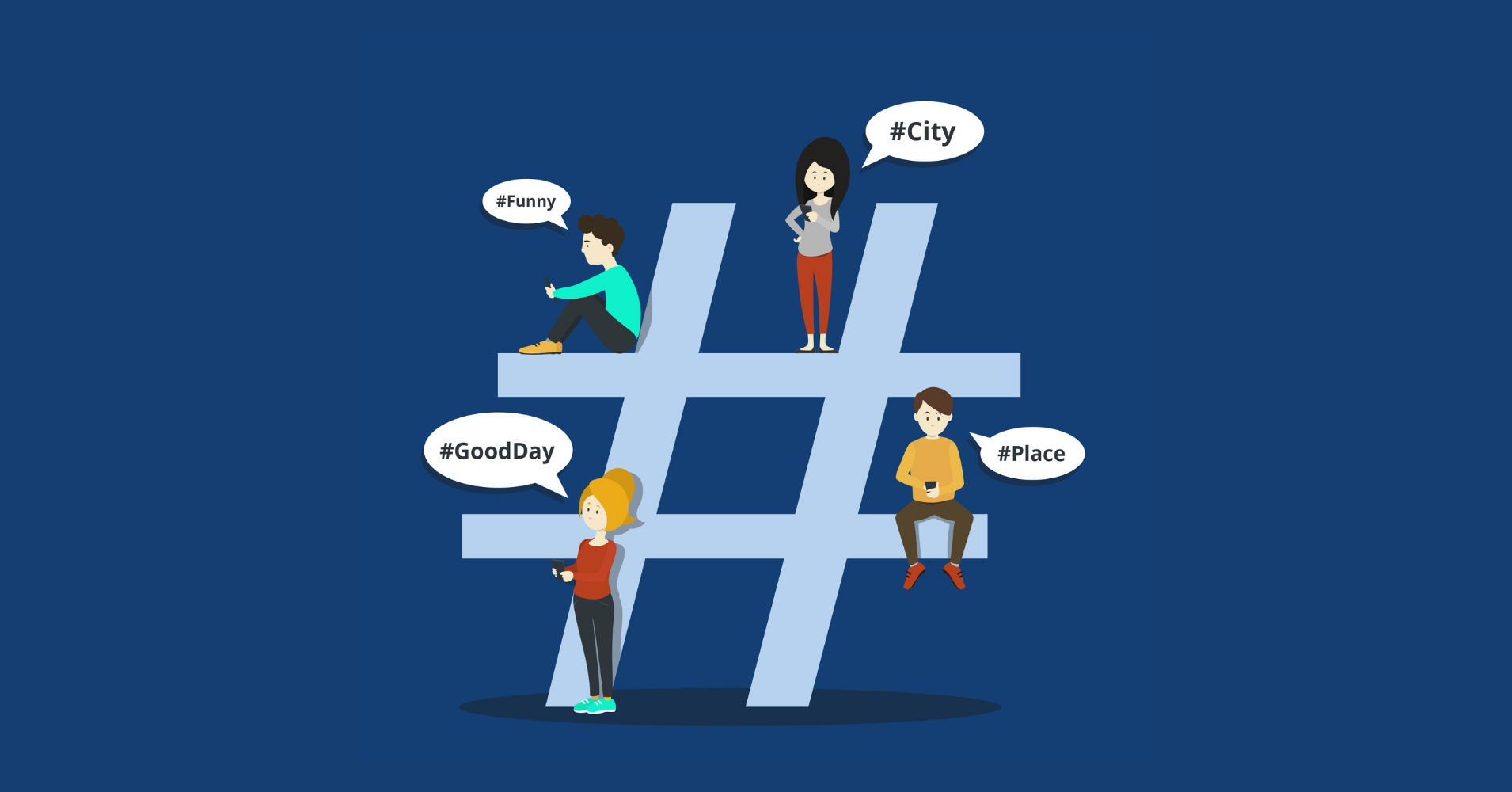
Hashtags help people find your stuff:
- General hashtags (#marketing, #career)
- Industry-specific hashtags (#SEOtips, #Fintech)
- Location-based hashtags (#LondonBusiness)
- Event-based hashtags (#SXSW2025)
- Trending hashtags (#AI, #FutureOfWork)
Pick 3-5 relevant hashtags per post. Check popular posts in your niche to find effective hashtags.
7. Customize Connection Requests (Don’t Be Lazy)
Please, no generic “I'd like to join your network.” It feels robotic (and a bit creepy).
Instead, briefly mention:
- How you know each other (or don’t)
- Common interests or connections
- Why connecting makes sense
Personalized invites significantly boost your acceptance rate.
8. Show Off Those Recommendations
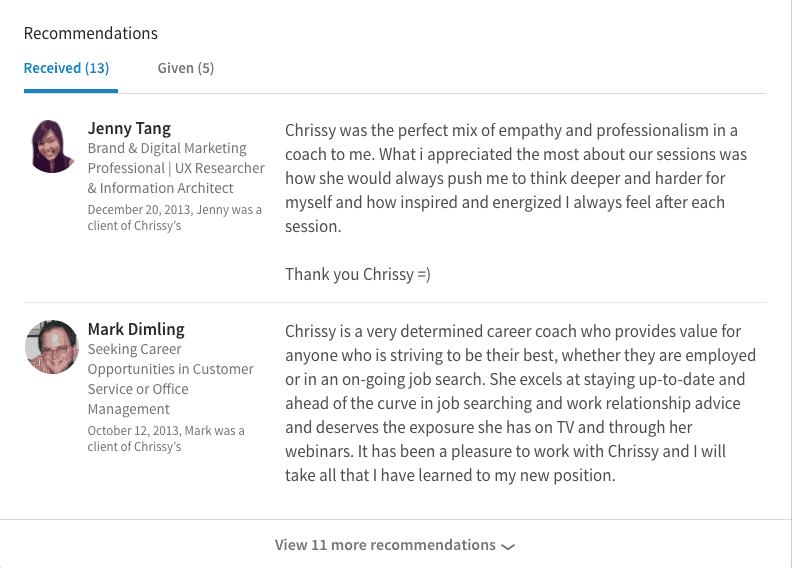
LinkedIn endorsements and recommendations make you look legit. Plus, they help you get noticed by LinkedIn’s picky algorithm.
Politely ask happy clients or colleagues to recommend you—it’ll boost your credibility faster than you can say "algorithm." Give recommendations too—people often reciprocate.
9. Join the Right Groups and Actually Talk
LinkedIn groups aren’t dead—you're just probably in the wrong ones.
- Choose active groups related to your work.
- Regularly engage in conversations (be helpful, not salesy).
- Occasionally share your own content to gain visibility and establish authority.
This signals LinkedIn you're serious about connecting, making it more likely to boost your profile and content.
10. Regular Profile Check-ups (Because Things Change)

Don't leave outdated info hanging around. Update your profile regularly. LinkedIn loves fresh, active users and rewards them with better reach.
Check quarterly:
- Job titles and responsibilities
- Skills
- Profile picture and cover photo
- Summary and headline
11. Share Different Types of Content
People get bored—fast. Keep them engaged with a variety:
- Videos (short and snappy)
- Infographics (pretty and useful)
- Slideshows and presentations
- Blog articles (your own insights or helpful round-ups)
- Polls and quizzes (interactive and engaging)
Different formats mean more eyeballs.
12. Save Time with LinkedIn Automation Tools (Safely)
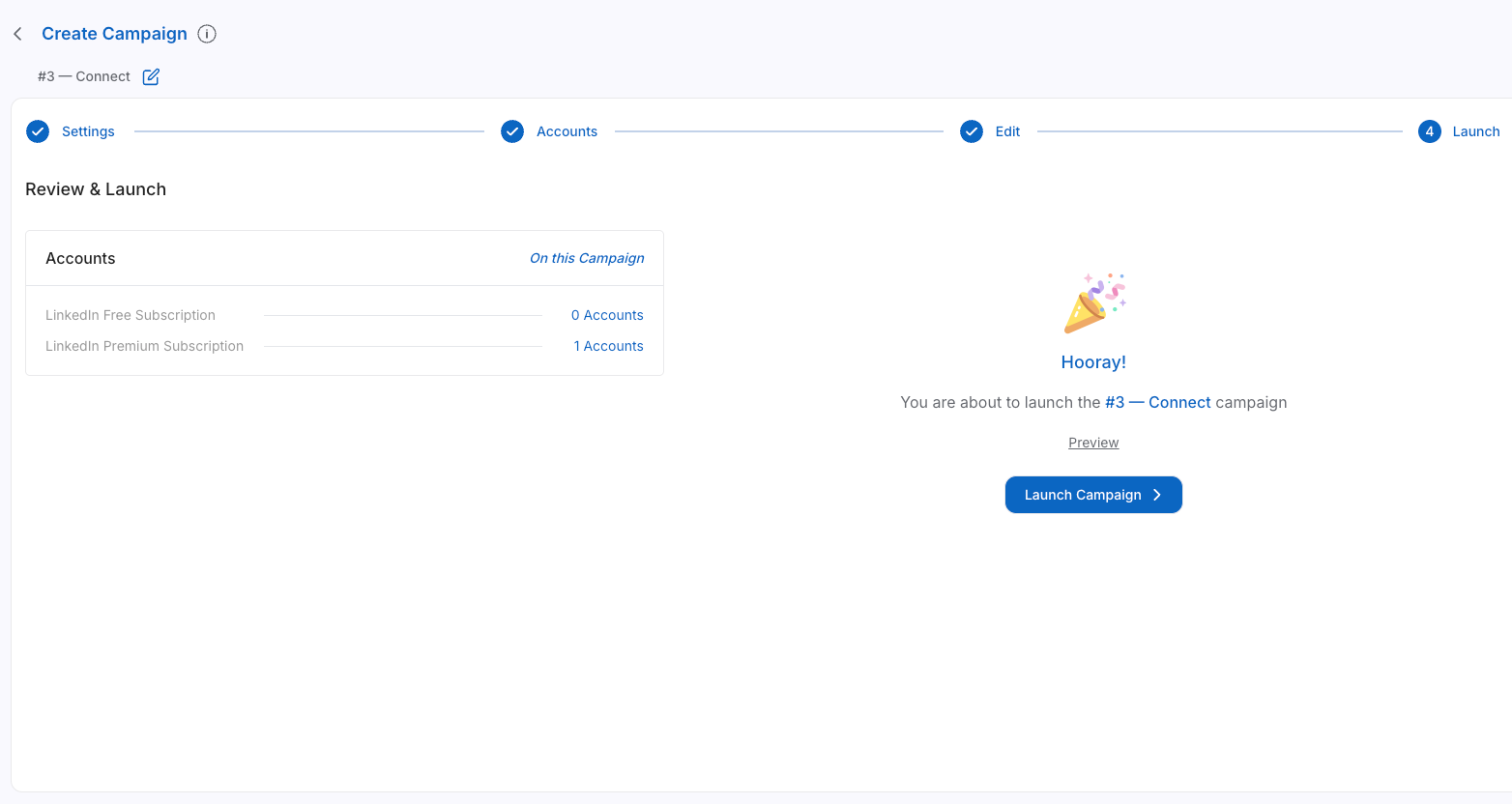
All these tasks can feel like a full-time job. Enter automation tools like Leadplay.io.
Leadplay.io safely automates boring tasks:
- Sending personalized messages
- Sharing content
- Profile visits and connection requests
- Endorsing connections (so you don't have to pretend to remember everyone’s skills)
Use wisely, stay human, and don't spam.
13. Boost Your Reach with LinkedIn Ads
Paid advertising isn't cheating; it’s smart.
LinkedIn Ads and Sponsored InMail get your content straight to the right audience:
- Drive targeted traffic
- Track engagement and conversions
- Retarget visitors who have interacted with your content previously
Spend a little, get a lot (when done right).
Now go beat that LinkedIn algorithm like it owes you money. You’ve got this! 🎯
3 LinkedIn Mistakes That Will Tank Your Visibility

You could write the most brilliant post on the planet—but if you commit one of these classic LinkedIn sins, the algorithm won’t even bat an eyelid. Here’s what’s secretly sabotaging your reach:
1. Too Much Self-Promotion (AKA the “Me, Me, Me” Syndrome)
Yes, you’re amazing. Your product is life-changing. And your startup just hit a big milestone. But if every post is a sales pitch or a humblebrag, people will tune out—and the algorithm will follow.
👉 The 80/20 rule works here:
80% valuable content (tips, insights, stories, or lessons your audience can apply),
20% self-promo (case studies, launches, wins, etc.).
Remember, LinkedIn isn’t a billboard—it’s a conversation. Focus on helping, not selling.
2. Posting at the Wrong Time (When No One’s Watching)
Timing matters. A lot.
Post when your audience is offline, and it’s like shouting your big idea into an empty conference room.
The fix? Know your audience’s routine.
If you’re targeting working professionals, early mornings (8–10 a.m.) or lunch breaks (12–1 p.m.) are prime time. Late nights and weekends? Risky unless you’re writing for insomniacs or side hustlers.
Test different time slots, track your engagement, and stick to what works. Tools like LinkedIn Analytics or third-party schedulers (hello, Buffer and Sprout Social) can help.
3. No Plan = No Growth
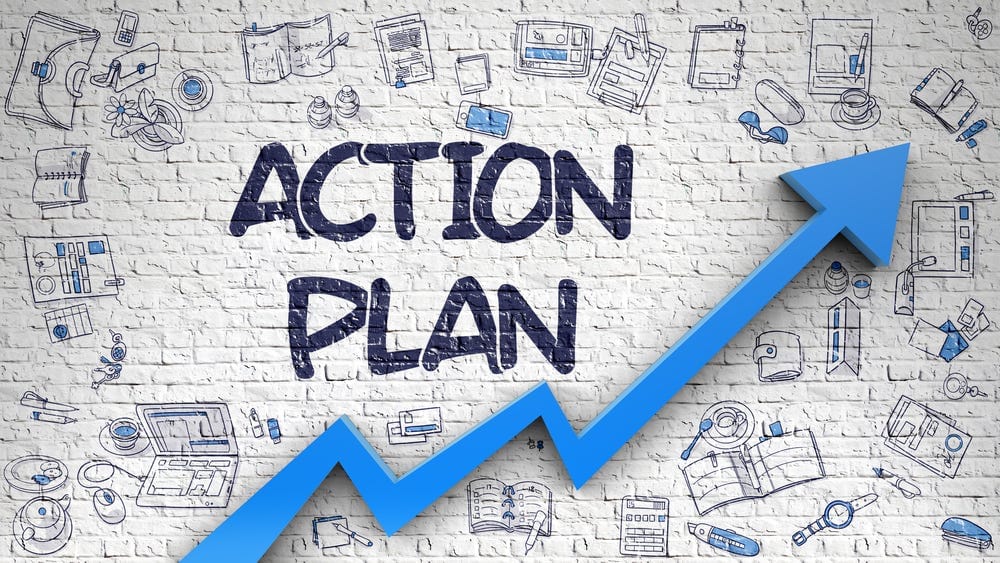
Winging it might work for karaoke. Not for LinkedIn.
Posting randomly with no consistency or theme confuses both your audience and the algorithm.
You need a content strategy—one that reflects your expertise, speaks to your niche, and shows up regularly. That doesn’t mean daily posts (unless you love burnout). Even 2–3 well-planned posts a week can build momentum.
Pro tip: Pick 3–5 content pillars (e.g., personal stories, industry insights, tips & tutorials, behind-the-scenes) and rotate through them.
Outsmart LinkedIn’s Algorithm
Here’s the real talk: LinkedIn keeps tweaking its algorithm like it’s playing digital Jenga. One day it loves long-form posts, the next it’s obsessed with comments. But while the details shift, the golden rules stay the same—engage consistently, be valuable, and don’t ghost your network.
If you're still rocking a profile that screams "2009 résumé vibes," it’s time for a glow-up. Think of Leadplay.io’s profile makeover like Botox for your LinkedIn—smoother, sharper, and 100% more magnetic (minus the needles). Their expert revamp adds polish, personality, and purpose to your profile so you’re not just another face in the scrolling crowd.
And let’s not forget—first impressions matter. Especially when you're one click away from your next client, recruiter, or business partner. A Leadplay-powered profile doesn’t just look good—it converts.
Wrapping It Up (Before You Scroll Away)
LinkedIn’s algorithm isn't that scary once you know its secrets. Be authentic, mix things up, and leverage tools like leadplay.io to automate the boring stuff. Your LinkedIn game will level up quicker than you can say “networking event.”
Now go forth, post smartly, and may the algorithm ever be in your favor!